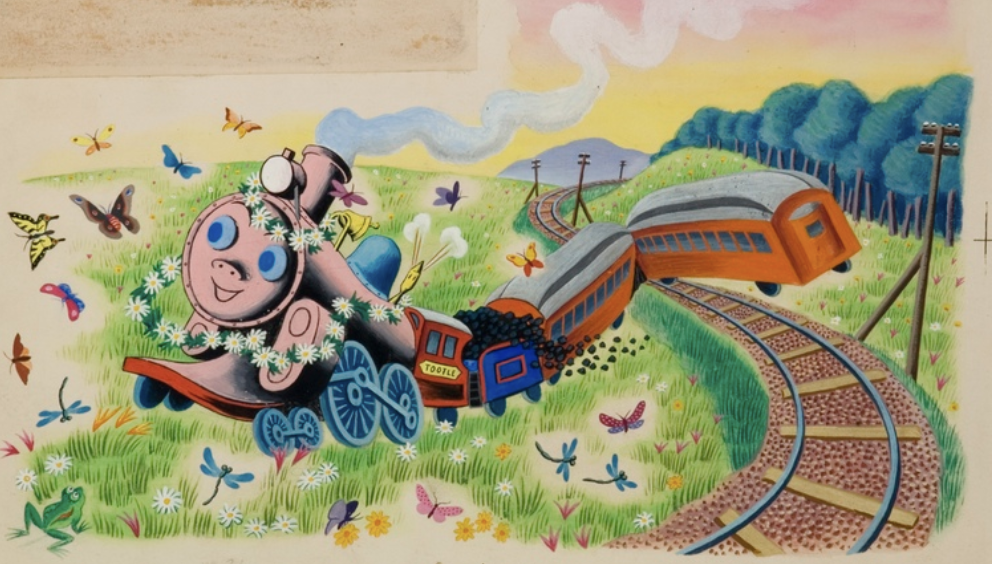Forget the idea that "Miss Dior" will be a gentle romp through the House of Dior with some fond reminiscences of Christian's sister Catherine. It's more, so much more.
"Miss Dior" begins with family history. The Diors were upper middle-class—Papa Dior owned a fertilizer factory. Catherine, born 1917, was the baby of five. The Diors lost their fortune in the '29 crash and following economic downturn. By the early '30s Catherine and Christian, devoted to his 12-years-younger sister, were living together in Paris. Christian owned an ultimately unsuccessful art gallery and later worked as a couture design assistant. He and Catherine had briefly tried farming in the south of France. In 1939 Christian was called up to serve in the army while Catherine returned south.
France was invaded by the Nazis in 1940 and fell quickly. Hindsight being 20/20, its capitulation avoided much death and destruction. The country was divided into Nazi-occupied territory in the north and French-ruled territory in the south under a puppet government.
Christian, now out of the army, returned to Paris to resume his fashion career. Catherine had joined the Resistance and moved back to Paris. In 1944 she was arrested and deported to Germany, where she was a prisoner at the women's concentration camp, Ravensbruck.
Those are just the bare facts. This book is not for the faint of heart. The first half of "Miss Dior" is a searing reminder of the atrocities of WWII. Both fascinating and horrifying, it is history that forever haunted those who lived it. The French have never been comfortable discussing WWII. The Nazis demanded full loyalty from the conquered, but establishing the difference between cooperation and collaboration is a struggle for France even today.
 |
Catherine shortly after WWII
|
This is only a pencil-sketch-on-tracing-paper biography of Catherine Dior. She chose to remain in the background of Christian Dior's couture life, although they were always close. Catherine never spoke to anyone about the Resistance. Her strength and silence were respected. She must have suffered horribly under the terrible conditions in Ravensbruk, and she never forgave the Germans. She didn't marry and had no children. She was hardly a fashionista, though Christian presented her with clothing from each collection. She did, however, wear "Miss Dior" every day, even while gardening. Her extensive gardens produced the flowers used in production of the perfume. It's a wonder Justine Picarde was able to breathe life into her
story, which she does by extensively quoting from memoirs and
remembrances of those who knew her during and after the war.
 |
The "New Look" of 1947
|
"Miss Dior" is also very much Christian Dior's story. The "New Look", his first collection as an independent couturier, debuted in 1947 and revolutionized fashion. It also drove Chanel up the wall. His romantic, feminine looks required major undergarments to buttress and truss a woman's figure to meet his hour-glass ideal. Chanel had spent decades convincing women to move freely in their clothing. Women were ready for a heady dose of femininity after the many years of privation, and Dior's New Look was a smash hit.
I now realize Dior is probably responsible for the tortuous padded bras, long-line shapers and girdles of my 1950's young womanhood.
 |
Dior and house model, early '50s
|
Dior died unexpectedly in 1957, barely ten years after his successful debut. You could say the rest is history because we fashion-impressed pretty much know the story of the House that follows (Yves St. Laurent, et al). Catherine died in 2008, having carefully watched over Christian's legacy.
This a very personal biography as Justine Picarde has her own story to tell. The journey to remember Catherine helps to remember her own sister, who tragically died young. As biographies go this is a writing style I haven't encountered before, but it works.
In fashion terms these elements shouldn't make an outfit, but Justine Picarde weaves them into a tale well told.
 |
Yes, Catherine wore it, always
|

















